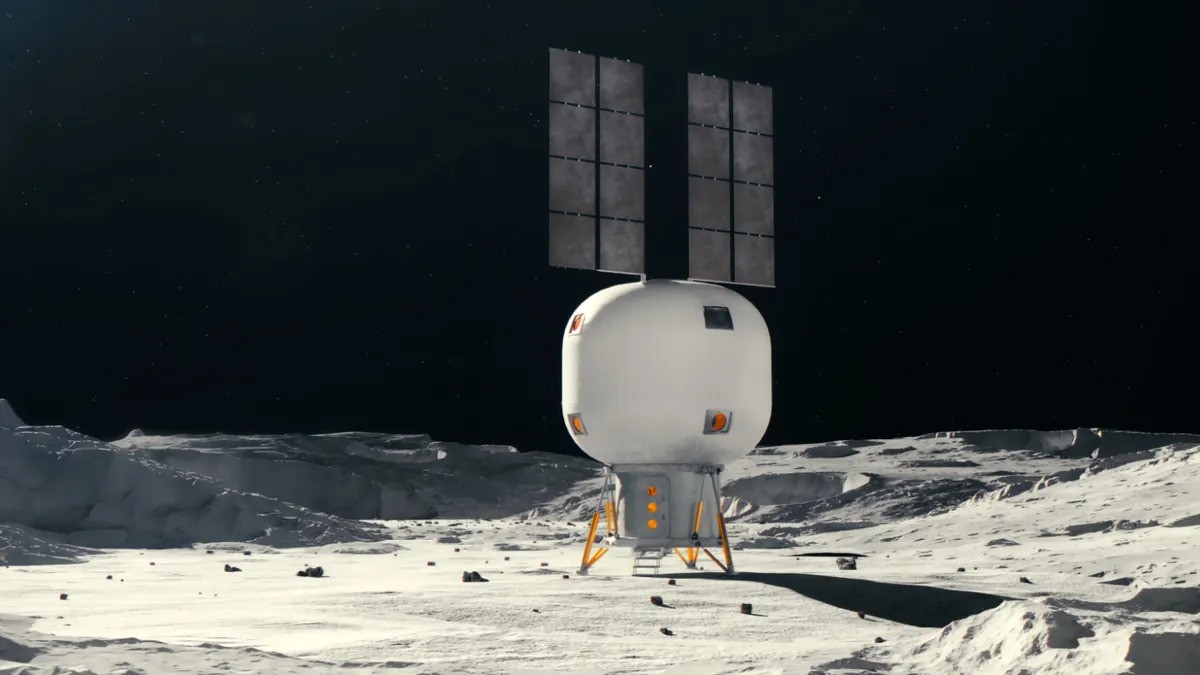One of the key problems in the exploration of the Moon and Mars is the high price of living space on space stations. However, Max Space offers to solve this situation with the help of inflatable modules.

Problems with space exploration
On April 9, during the 39th Space Symposium, representatives of Max Space stated that they knew how to make space exploration cheaper and thereby accelerate it. The solution should be the inflatable modules they have developed.
There really isn’t enough space for a normal life in space right now. And all because every cubic meter of living space has to be planned inside a high-tech hermetic shell. In fact, every module now is a spacecraft without an engine and the price of its manufacture and delivery to its destination is appropriate.
Max Space co-founder Aaron Kemmer has considerable experience in providing space with the manufacture of innovative equipment for space. Since 2010, he has worked at Made In Space. The company has sent samples of 3D printers to the ISS several times. In 2020, it was acquired by Redwire.
Since then, Kemmer has moved on to work on the problem of inflatable, or expandable modules. His company has already developed an analogue of three-storey housing, which in folded form has the size of a locker.
How promising are inflatable modules
In fact, inflatable modules are far from a new idea in the field of space exploration. Three of them are already flying around the Earth. We are talking about the experimental devices Genesis 1 and Genesis 2, launched in 2006 and 2007, and the BEAM cargo compartment, attached to the ISS in 2016.
All of them were developed by Bigelow Aerospace from Nevada. The company went bankrupt back in 2020, but the results of its work prove that the concept is quite viable. Moreover, Thin Red Line Aerospace’s achievements in creating expandable shells, Bigelow’s partner company, have also been preserved.
Max Space developments are based on them, although they have applied them in a new way. The company assures that it is ready to start producing inflatable modules in the coming years. Now it is testing a 20 m3 compartment on Earth, and in 2026 its version should fly into space.
If everything goes well, then in 2027, Max Space will launch into orbit a module that, when deployed, will have a volume of 100 m3. For comparison, the entire International Space Station, if you count without docked spacecraft, is only 388 m3. But this is just the beginning, because Max Space plans to create a module with a volume of 1000 m3.
In the future, Max Space plans not to limit itself to Earth’s orbit, but to send its modules to the Moon and Mars. Thus, the company plans to help people explore the Solar System.
According to www.space.com
Follow us on Twitter to get the most interesting space news in time
https://twitter.com/ust_magazine


